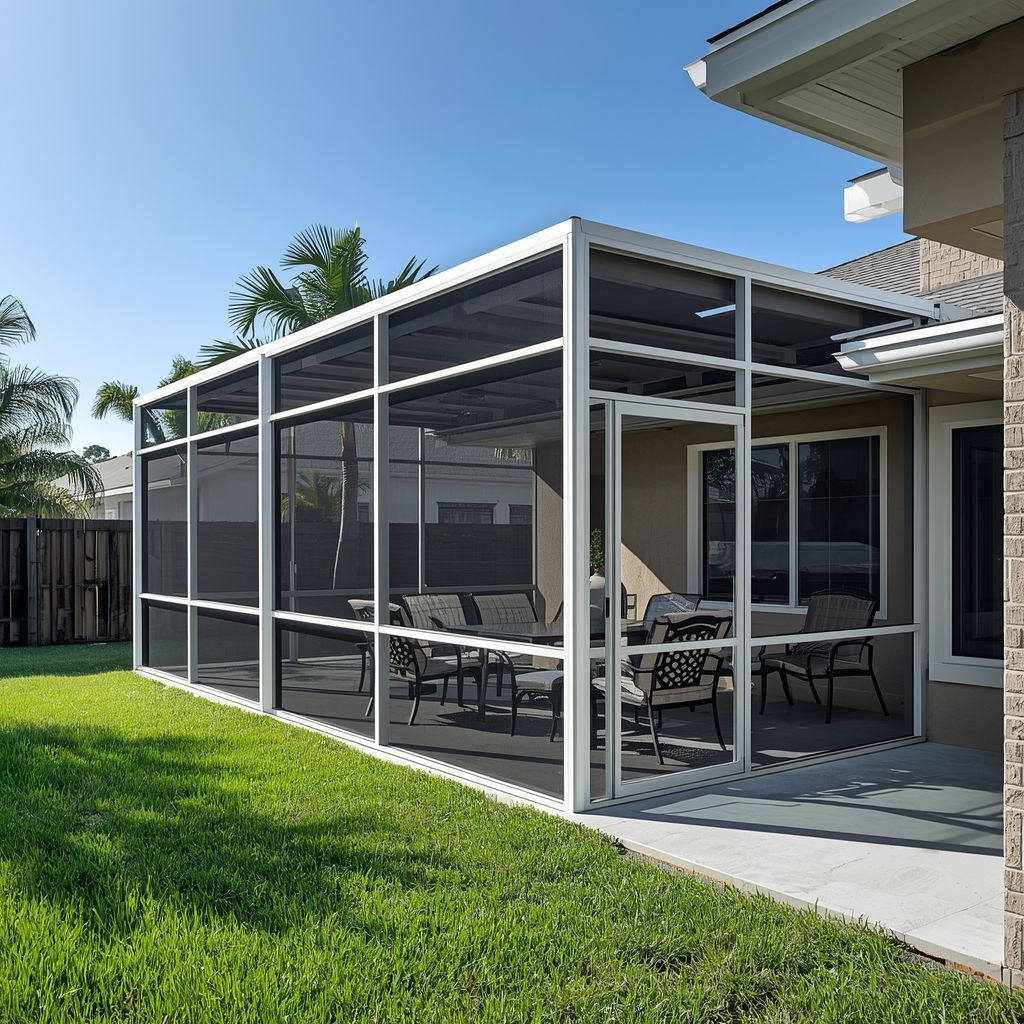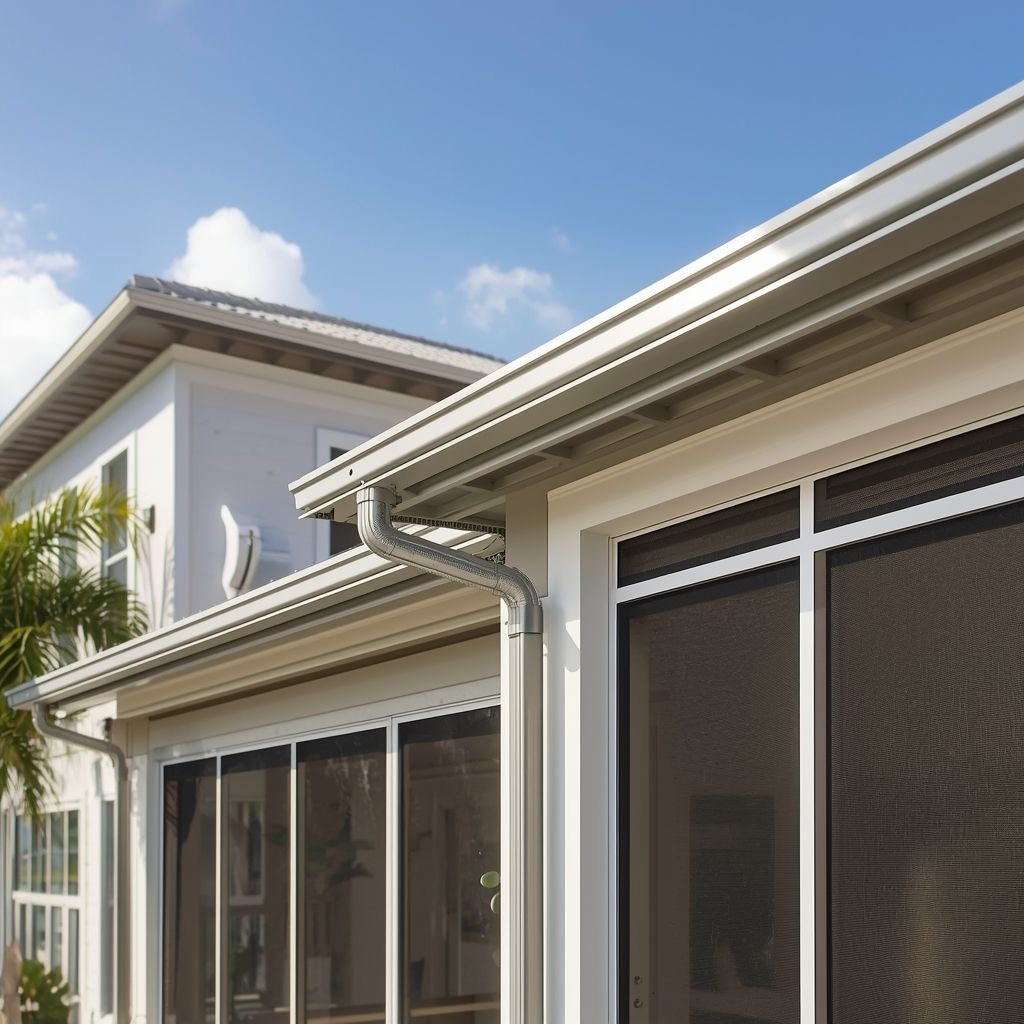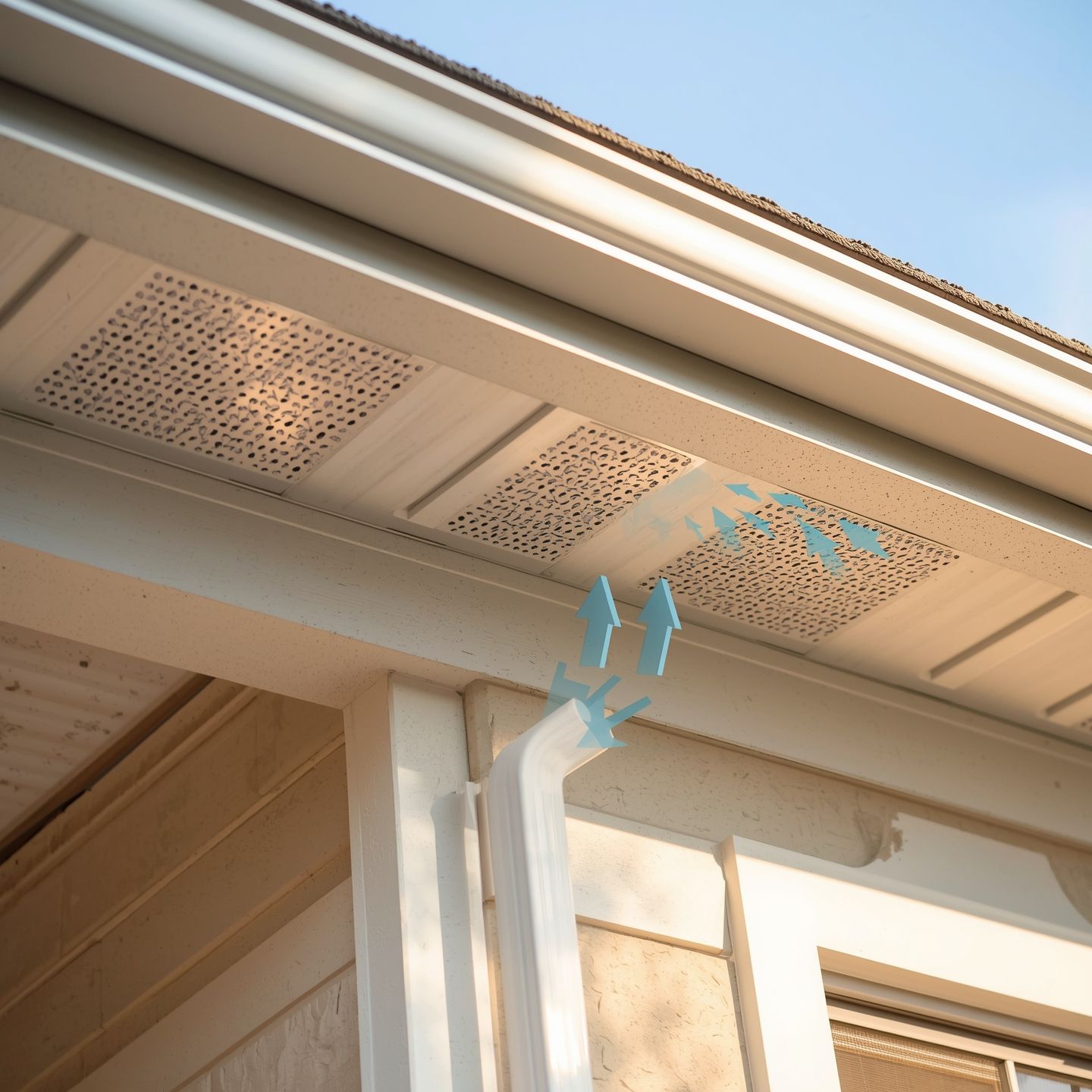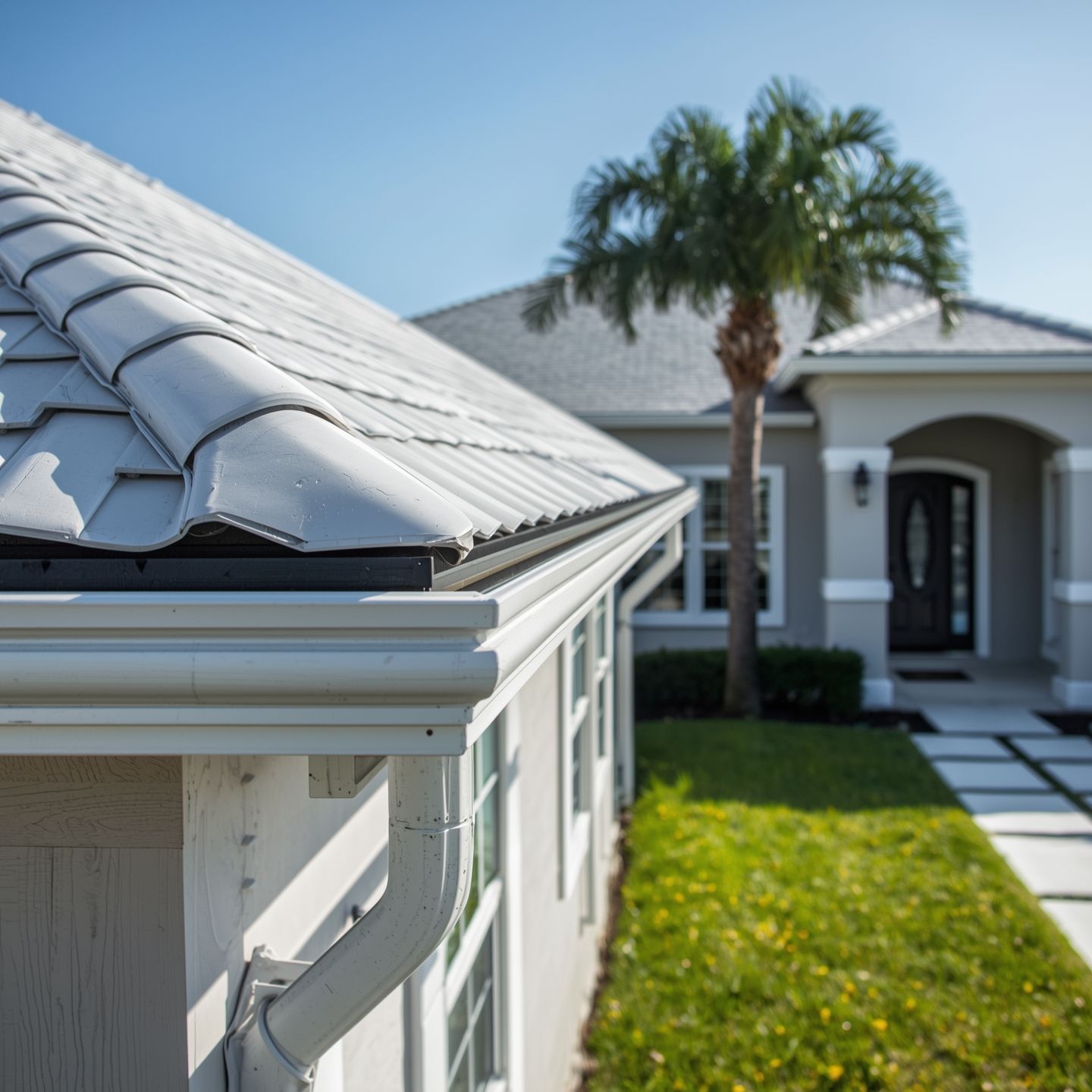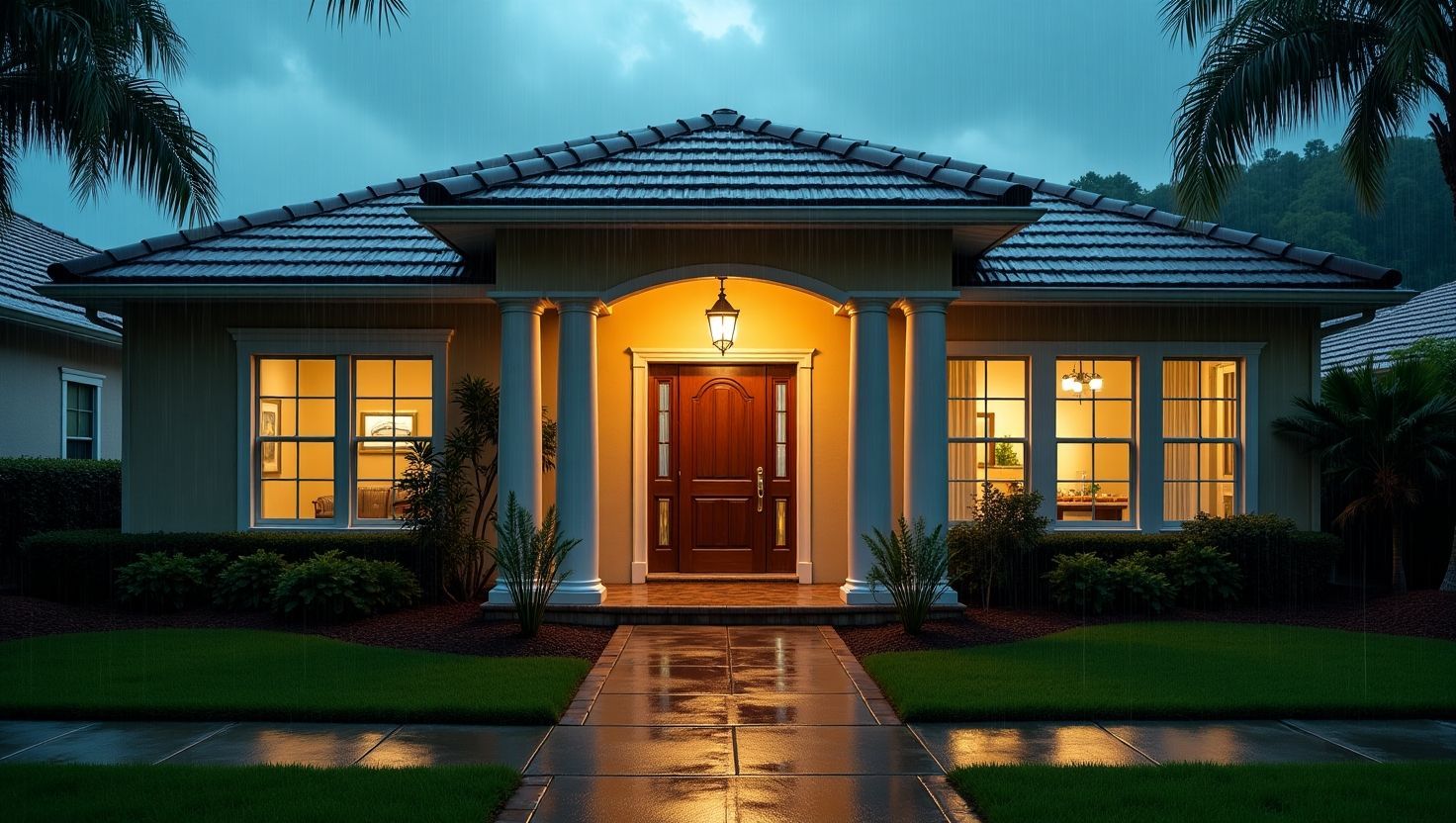How to Maintain Your Gutters and Downspouts
Gutters and downspouts are vital components to the drainage system of your home. Without them, rain water would not be directed away from your home and it would be susceptible to flooding and other costly damage.
To keep your gutters and downspouts functioning, they must be regularly inspected and maintained. In this blog, you will find tips and advice on how to maintain your gutters and downspouts.
Benefits of Maintaining Gutters and Downspouts
Maintaining your gutters and downspouts is one of the most important steps for keeping your roof in top condition. The benefits of regularly cleaning gutters and downpipes include:
- Protection from Water Damage: Cleaning the debris out of your gutters will prevent water from overflowing which can cause damage to brick walls, fascia, siding and roofing materials.
- Prevention of Gazebo Instability and Other Structures: When rainwater is unable to properly drain from a structure, it can cause instability, rot, deterioration and other issues. Regularly cleaning your gutters will help ensure that structures remain stable during rainy season.
- Keep Roofs In Good Condition: Leaves and other buildup in downspouts can cause clogs and excess moisture on shingles which can lead to early deterioration of roofs. Cleaning out these pipes is essential in order to prevent any further damage.
- Keeping Gutters Free Of Clogs: Clogged gutters are a major issue and can prevent proper property drainage, they also create an inviting home for rodents, pests, and other critters that could potentially wreak havoc on structural integrity if not dealt with quickly enough. Scheduling regular maintenance will help ensure that any potential problem areas are taken care of before they become an issue.
Gutter Cleaning
Gutter cleaning is an important part of home maintenance. It prevents water accumulation that can damage your home’s foundation, walls, and roof. Gutter guards, while helpful, won’t completely eliminate the need for regular gutter cleaning. Regular gutter maintenance will help keep your gutters and downspouts in good condition and can even prevent needing costly repairs in the future.
In this blog post, we’ll go into why you should be cleaning your gutters, how often you should be doing it, and some of the best practices for gutter cleaning.
Cleaning Gutters by Hand
Cleaning your gutters by hand is an essential part of home maintenance that can extend the life of your roof and protect its structure. To do this job safely and effectively, you will need the right set of tools. Before you start, put on rubber gloves to protect your hands from any particles or organisms you may come in contact with. You'll also need a ladder, a trowel or gutter scoop, a shop vacuum or plumbers’ snake for removing debris, a hose with a spray nozzle and sometimes even a garden blower.
Start by checking the ground around the gutters for signs of leaks caused by overflowing debris, such as mold or sagging sections in the roof or walls. When you've located those areas, use the trowel to remove any visible clogs from inside the gutter channels. Try using significantly less water than you would if you were using a power washer — too much water pressure may force thick substances into adjoining sections of gutters and cause damage over time. Spray upward along each gutter to ensure that enough water reaches every corner and blast away stuck-on dirt and debris with your hose nozzle attachment.
Next, suck out any large materials that did not get washed away — like mud balls or bird feathers — with either your shop vacuums hose attachment (if it's powerful enough) or rope segments attached to plumbers’ snakes (which is better suited for wetter goopy material). Be sure to check each corner carefully because build up tends to accumulate faster in outside corners due to lack of circulation between sections. Finally, use either garden blowers on low settings so that all remaining particles will be sent away from the building and onto grassy areas as much as possible — never allow particles/debris back up into rain gutters! Doing these steps regularly can help prevent overflowing water throughout all seasons!
Cleaning Gutters with a Pressure Washer
Power washers have made gutter cleaning easier and more efficient than ever before. Pressure washing is a great solution for removing dirt, debris or mildew from your gutters and downspouts. Keep in mind that it is important to adjust the pressure setting according to the gutter material. Too low of a pressure might not remove any debris and too high of a pressure can damage your gutters.
While pressure washers make quick work of cleaning gutters, it’s still important to be mindful of safety concerns. Before starting, inspect the gutter system for any signs of warping or buckling due to water infiltration throughout the year in order to confirm there are no weak spots that may require repair prior to cleaning with a pressure washer. Make sure you use tall ladders and follow ladder safety guidelines while cleaning with a pressure washer in order to ensure proper balance while standing on top of the ladder. Always use caution when working with electricity near water. If using an electric power washer, ensure it is appropriately grounded at each location before using near wet surfaces such as roofs, rain gutters and downspouts.
It is recommended that you start cleaning your gutters at least twice per year or more depending on debris build up over time in order to maximize performance and longevity of the gutter system components like downspouts and extensions as well as roofing materials such as shingles or tiles covering atop residences or businesses alike.
Cleaning Gutters with a Gutter Vacuum
Cleaning gutters with a gutter vacuum is a great way to clean your gutters from the ground, as opposed to climbing on your roof. Gutter vacuums are also perfect for removing debris such as leaves and sticks. To begin, put the gutter vacuum hose over the edge of the gutter and use the flexible nozzle to reach down into tight corners. Make sure you are using a dedicated hose that is designed specifically for use in guttering; using any other material may damage the fixtures or tear easily leaving you with a larger mess to clean up.
Additionally, it is important to ensure that while using the gutter cleaning system, you are
wearing safety gear such as gloves and eye protection to avoid any health risks.
Using your hands, scoop out any remaining large clumps of done material and shake them into a bucket held by an assistant below. With an extension pole connected to your vacuum tube, you can insert it deeper inside of your gutters in order to access clogs that have gone too deep for manual removal but still remain within reach of the vacuum stream's suction power. Thoroughly move up and down until all debris has been removed from both sides of each side of the gutter lining as well as lower-lying valleys which may collect dirt.
Once all areas have been sufficiently cleaned by hand and with use of vacuuming, rinse out gutters with a garden hose at medium pressure in order completely remove all remaining dust or grime from both gutter faces and spouts before they fill back up. Pay close attention while rinsing out corners in order to reduce loosening pieces along the way insuring proper maintenance stays throughout each season without having gaps created due water accumulation over time during winter freeze-thaw cycles!
Gutter and Downspout Maintenance
Keeping your gutters and downspouts clean is essential for preventing damage to your home’s exterior and foundation. Proper maintenance will ensure that your gutters and downspouts are functioning optimally.
In this blog, we will discuss the steps you should take to properly maintain your gutters and downspouts to keep your home safe.
Inspecting Gutters and Downspouts
In order to properly maintain your gutters and downspouts, it is important to inspect them on a regularly scheduled basis. For example, homeowners should check their gutters and downspouts at least once a year for signs of wear or clogs. It is best to conduct the inspection during dry weather, but if there is an urgent need for repairs due to rain or backed-up gutters, inspections can be done more frequently.
When inspecting your gutters and downspouts, make sure you look for any signs of cracking, sagging, rusting, leaks or clogging. Clogs are a major cause of water damage and can cause corrosion over time; therefore they must be addressed right away. Additionally, check that all connections are secure and sealed properly in order to avoid water infiltration or blockages.
To clean out the gutters and/or downspouts of debris like leaves, twigs and dirt build up – use a garden trowel or special gutter scoop tool firstly to remove any large pieces of debris before hosing it out completely with a powerful pressure washer (if available). If you come across any long-term blockages such as cement-like material from an old construction project – use an organic cleaner specifically designed for congested pipes: A safe yet strong cleaner such as sewer jetter solution will do the trick without damaging your pipes!
Repairing and Replacing Gutters and Downspouts
It's important to periodically check and maintain your gutters and downspouts to ensure that water is being effectively diverted away from your home. In order to do this, you will need to frequently inspect the condition of your gutters and downspouts and make any necessary repairs or replacements.
If you notice a leak, holes, cracks, rusted areas, peeling paint, sagging sections or other types of damage to the gutter system or its components you may need to repair or replace them. Proper maintenance of your gutters and downspouts involves assessing how badly they are damaged and determining if it requires a repair or if replacement is necessary.
For minor leak repairs in aluminum gutters use aluminum rivets dip in silicone sealant for patching. Maintaining a proper joint between two pieces of gutters can be accomplished by using sheet metal screws with banded neoprene washers to secure the joint without leaking. If a complete replacement is needed, The Heights Aluminum experts suggest ridge-line gutter systems made from corrosion resistant aluminum extrusion with sizes available up to 8 inches which double as an expansion joint for long runs along rooflines. This type of system will also include gutter hangers installed during installation every 2 feet for added support in these long runs.
Downspouts should also be inspected for any signs of rusting at the seams that could indicate an additional leak source. To prevent clogs on any installation it is recommended that each section include screened openings with 5” diameter tubes running straight downwards towards ground level . Replacing older versions that have U bends helps facilitate draining away from foundations or any building structure like patios and decks thus protecting them from water overlows resulting in soil erosion around the foundation as well as potential wall structure damages due moisture saturation inside walls which can lead it deterioration over time. Your local The Heights Aluminum experts will help identify the best solution when assessing what needs replacing or repairing on your system whether it pertains just one section or entire parts needing replacement such as fascia boards and eaves troughs around windows sills where seasonal changing weather can take its toll over time..
Installing Gutter Guards
Gutter guards can help keep debris and leaves out of your gutters and downspouts, reducing your maintenance needs. There are several types of guards available in various sizes and materials; some snap directly into gutters, while others must be mounted to the roof line. Each type of guard requires specific installation instructions, so it’s important to follow the manufacturer’s guidelines carefully.
For example, if you are installing screens, they should fit tightly across the gutter with no gaps more than one quarter inch wide. The screen should be situated at a slight angle to prevent water from spilling over the edge, but not higher than necessary or too low where it could become blocked by debris. If you are installing mesh filters or strainers, be sure to secure them firmly so they stay in place and don’t cause problems later on.
When mounting guards on the roof line for larger gutters like K-style ones, this is best done when the gutter or downspout is installed. The guards should cover as much vertical space as possible without blocking any part of the shingles; if necessary use multiple sections to get full coverage without overlapping areas that could trap water underneath leading to excessive moisture buildup which can create issues like leaks and mold growth.
When finished with installation inspect all areas thoroughly for any issues such as exposed screws or sharp edges which could potentially become hazards after extended use and make sure that there is a proper seal with no gaps where air or water could pass through otherwise it will defeat the purpose of having installed them in the first place!
Conclusion
In conclusion, maintaining your gutters and downspouts is an essential home maintenance task that needs to be done regularly. By following the suggested tips and staying on top of your gutter maintenance you will ensure that your gutters are keeping your home safe from water damage and that your downspouts are moving water away from your foundation.
Benefits of Hiring a Professional Gutter and Downspout Maintenance Company
By hiring a professional gutter and downspout company to perform maintenance such as cleaning and repairs, you can ensure that the job is done correctly the first time while decreasing the risk of potential damages that could occur by attempting DIY repairs or installations. Professional companies have the expertise and resources to handle these jobs quickly and efficiently, reducing the amount of time needed for completion.
Companies are also experienced in navigating potential problems that may arise which helps to expedite labor times.
Additionally, hiring a professional gutter and downspout maintenance company helps maintain optimal performance for your system. Quality materials will be used for repairs or installations, which helps improve durability and safety against further damage or clogging from debris. Furthermore, professionals know how to properly secure gutters and downspouts during installation so as not to create future loose parts or detaching issues when heavy rains come. Regular inspections can also be performed in order to keep an eye out for any shortcomings or weaknesses before they become serious enough to require costly replacements. This benefit alone can save you money over time since it is cheaper to repair than replace damaged features within your drainage system.


